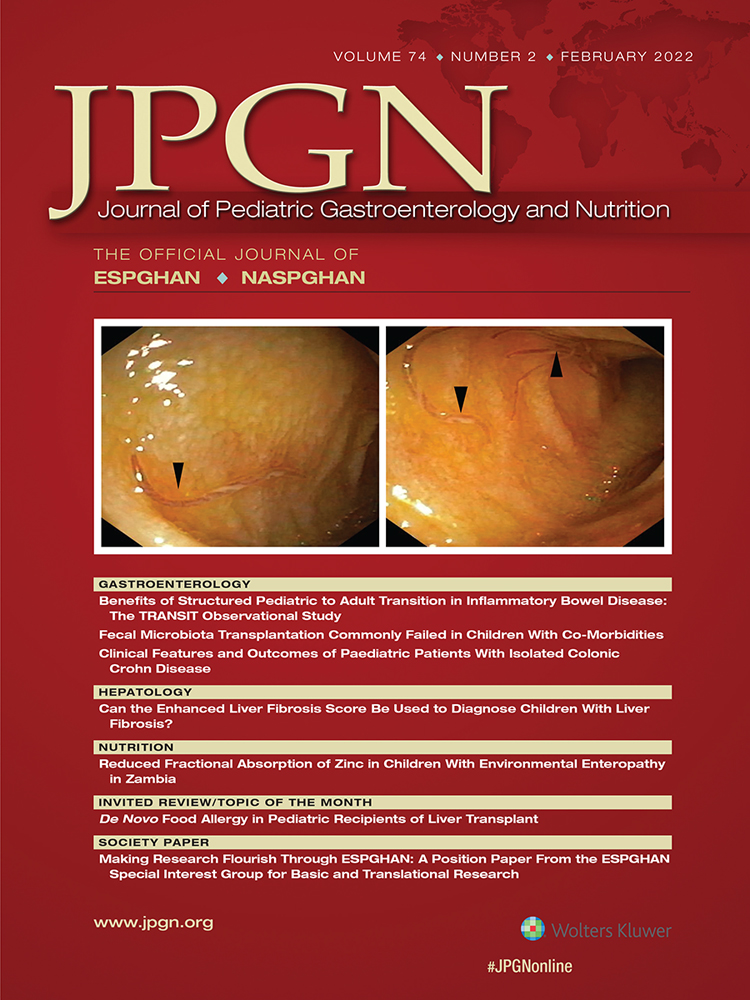Body Composition of Infants With Congenital Gastroschisis
The authors report no conflicts of interest.
Supplemental digital content is available for this article. Direct URL citations appear in the printed text, and links to the digital files are provided in the HTML text of this article on the journal's Web site (www.jpgn.org).
ABSTRACT
Infants born with congenital gastroschisis are at risk for intrauterine growth restriction, small for gestational size at birth, and growth failure during the newborn period despite advanced care. Body composition provides a more complete picture of proportional growth than weight and length alone. Fat-free mass (FFM) represents organ growth, and in preterm infants without gastroschisis, improved FFM deposition is associated with improved neurodevelopmental outcomes. There is limited literature regarding the body composition of infants with gastroschisis. This case series describes the body composition of 10 infants with gastroschisis.




